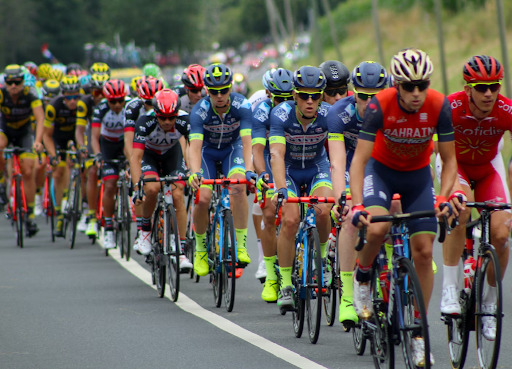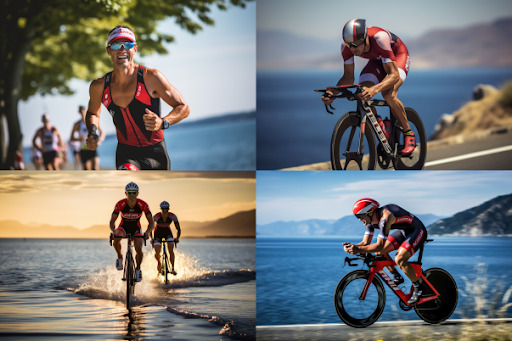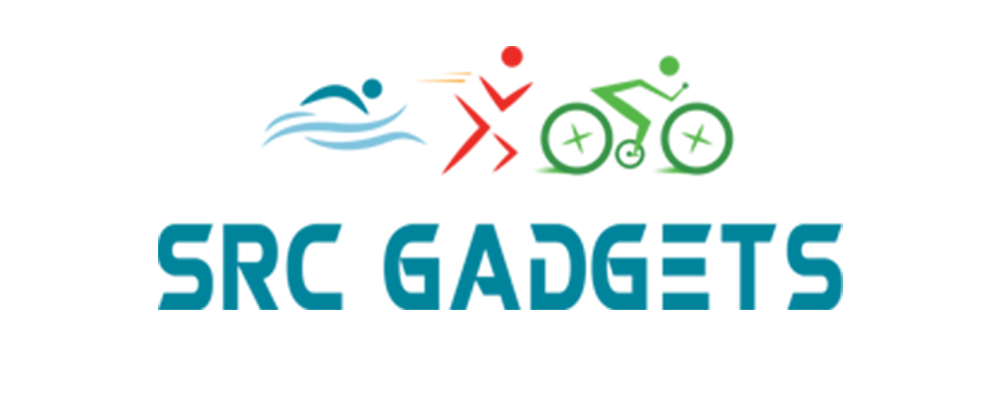Can I Do More Than One Ironman Per Year
If you’re an experienced triathlete, you’re no stranger to Ironman races. These iconic events, known for their grueling combination of swimming, biking, and running, have captured the hearts of endurance athletes worldwide. But as you continue pushing your limits and chasing new goals, you might wonder, “Can I do more than one Ironman per year?”
This article explores the feasibility of completing multiple Ironman races in one year. It examines the rigorous training required, the physical and mental demands, and strategies for taking on this ambitious goal.
Ideal for those considering a second Ironman or an intense racing schedule. Provides guidance on how to approach multiple events wisely.
The Challenge of Completing an Ironman
Before exploring the viability of running multiple Ironmans in a year, let’s first grasp these events’ immense challenges. Ironman races, including the prestigious Ford Ironman World Championship, are known for their long-distance format…
Training Volume and Commitment
Ironman races are grueling because of the sheer volume of training and race day itself. Athletes must dedicate months to preparing, with rigorous training plans that cover all three disciplines…
The Triad of Race Day Challenges
On race day, participants face the daunting task of conquering each leg, one after the other. The open-water swimming portion can be challenging…
Race Against the Clock
And don’t forget the time cutoffs; you need to finish within a specific timeframe, adding an extra layer of pressure.
Average Ironman Timings: An Overview
The average Ironman time for a seasoned athlete hovers around 12 hours. Now, imagine doing this multiple times a year.
Training for an Ironman

To consider participating in multiple Ironman races, you must understand training. It’s not just about showing up on race day and hoping for success. Instead, it’s about preparing both your body and mind for the challenges ahead.
Ironman training plans gradually increase workout volume and intensity. Key sessions include
- Long bike rides.
- Open-water swimming sessions and
- Back-to-back brick workouts that simulate race conditions.
These plans typically span several months and are tailored to your fitness level and goals.
As you progress through your training plan, you’ll acclimate your body to long-distance racing demands. Endurance is crucial, but so is recovery. Your body needs time to repair and adapt to your stress. Recovery days and weeks are built into your plan to ensure you don’t overtrain, which can lead to injury and burnout.
But training for multiple Ironman races in a year presents a challenge. Training for just one Ironman is an intense commitment in terms of time and physical effort.
It often takes up most of your free time, and maintaining this level of training for multiple races can be daunting. Before taking on this challenge, you must carefully assess your capabilities, goals, and recovery capacity.
The Limitations of Multiple Ironman Racing

So now the burning question: Can you do more than one Ironman per year? In a nutshell, yes, it is possible. Triathletes complete multiple Ironman events in a year. However, it’s essential to recognize the limitations and challenges of this pursuit.
1. Age Group Considerations:
Your age and physical condition play a significant role in determining your ability to race in multiple Ironmans. Younger athletes might recover faster and handle training loads better than those in older age groups. However, even for younger athletes, racing back-to-back Ironmans without proper recovery can lead to burnout and injury.
2. The Ford Ironman World Championships:
If your goal is to qualify for the Ford Ironman World Championship, you must carefully plan your race schedule. Earning a spot in this prestigious event can be challenging. Competing in multiple Ironmans can either increase or decrease your chances, depending on how you approach it.
3. Ironman in Close Proximity:
Racing multiple Ironmans can be physically and mentally exhausting. While it’s possible to do two Ironmans in one year, it’s crucial to space them out sensibly to allow for adequate recovery and training.
4. Second Ironman:
Your experience at the first Ironman can provide valuable insights into whether you’re ready for another. Pay attention to your recovery time, performance, and overall well-being after your first race. This information will help you make an informed decision about tackling a second Ironman in the same year.
5. Next year’s goals:
Consider your long-term goals. If you plan to continue racing Ironmans in the future, you should consider your race calendar’s impact on your year-round triathlon training. Racing multiple Ironmans in a year might limit your ability to participate in other events or focus on specific aspects of your training.
6. Half triathlon training:
If you’re considering racing multiple Ironmans, it’s essential to incorporate half-triathlon training into your schedule. This involves shorter races, such as half Ironmans and half marathons, to maintain your competitive edge while reducing the wear and tear associated with full-distance events.
Strategies for Competing in Multiple Ironmans
Now that I’ve explored the challenges and limitations of racing in multiple Ironman events in a year, let’s shift our focus to strategies and advice for ambitious triathletes considering this feat. While it’s a challenging endeavor, it can be accomplished safely and successfully with the right approach and mindset.
1. Prioritize recovery:
Recovery is your best friend when juggling multiple Ironmans. Ensure you allocate sufficient time between races to recuperate fully. This includes rest days, gentle activities like yoga, and regular visits to a sports therapist. This is to address any potential injuries or imbalances.
2. Listen to your body:
Pay close attention to your body’s signals during training and racing. If you’re feeling excessively fatigued, experiencing pain, or noticing a decline in performance, it’s essential to address these issues promptly. Ignoring warning signs can lead to worse problems down the line.
3. Periodization:
Consider a periodized training plan that allows you to peak for specific races. This means structuring your training in phases, each with a specific focus. For instance, you might prioritize speed and intensity for one race and endurance for another.
4. Nutrition and Fueling:
Proper nutrition is key to sustaining energy levels for multiple Ironmans. Work with a sports nutritionist to develop a nutrition plan that supports your training and recovery needs. During races, practice your fueling strategy to avoid hitting the wall.
5. Mental resilience:
Racing multiple Ironmans requires physical endurance and mental fortitude. Develop mental resilience through visualization, positive self-talk, and mindfulness. These tools can help you stay focused and motivated during challenging moments.
6. Race Selection:
Carefully choose your races and timing. Ideally, you should aim for a minimum of 12-16 weeks between Ironman events to allow for adequate training and recovery. Avoid the temptation to cram races too closely together on your calendar.
7. Adjust the Goals:
Understand that your goals may need to be adjusted when racing multiple Ironmans. Instead of aiming for a personal best in every race, focus on consistent performance and staying injury-free. Your primary goal should be to complete each event safely and enjoy the journey.
8. Work with a coach:
Consider enlisting the guidance of an experienced triathlon coach who can tailor your training plans, monitor your progress, and provide valuable insights. Coaches can help you make informed decisions about race scheduling and training intensity.
9. Incorporate Variety:
Incorporate variety into your training to reduce burnout and injury risk. Mix in other endurance sports like cycling or swimming to give specific muscle groups a break while maintaining overall fitness.
10. Stay balanced:
Remember that life extends beyond Ironman racing. Maintain a healthy training-work balance to prevent physical and emotional exhaustion. Finding joy in sports and ensuring your passion endures is crucial.
Conclusion
In conclusion, deciding to undertake multiple Ironmans annually isn’t a straightforward choice. It demands thorough reflection on your objectives, preparedness, and resilience. While the challenge is laudable, prioritize recovery, strategic training, and mental toughness.
Always place health and longevity above race counts. For those committed, ensure you respect the sport, lean on a robust support system, and stay flexible in your goals. Triathletes, as you plan, always cherish the journey, growth, and the essence of endurance.



